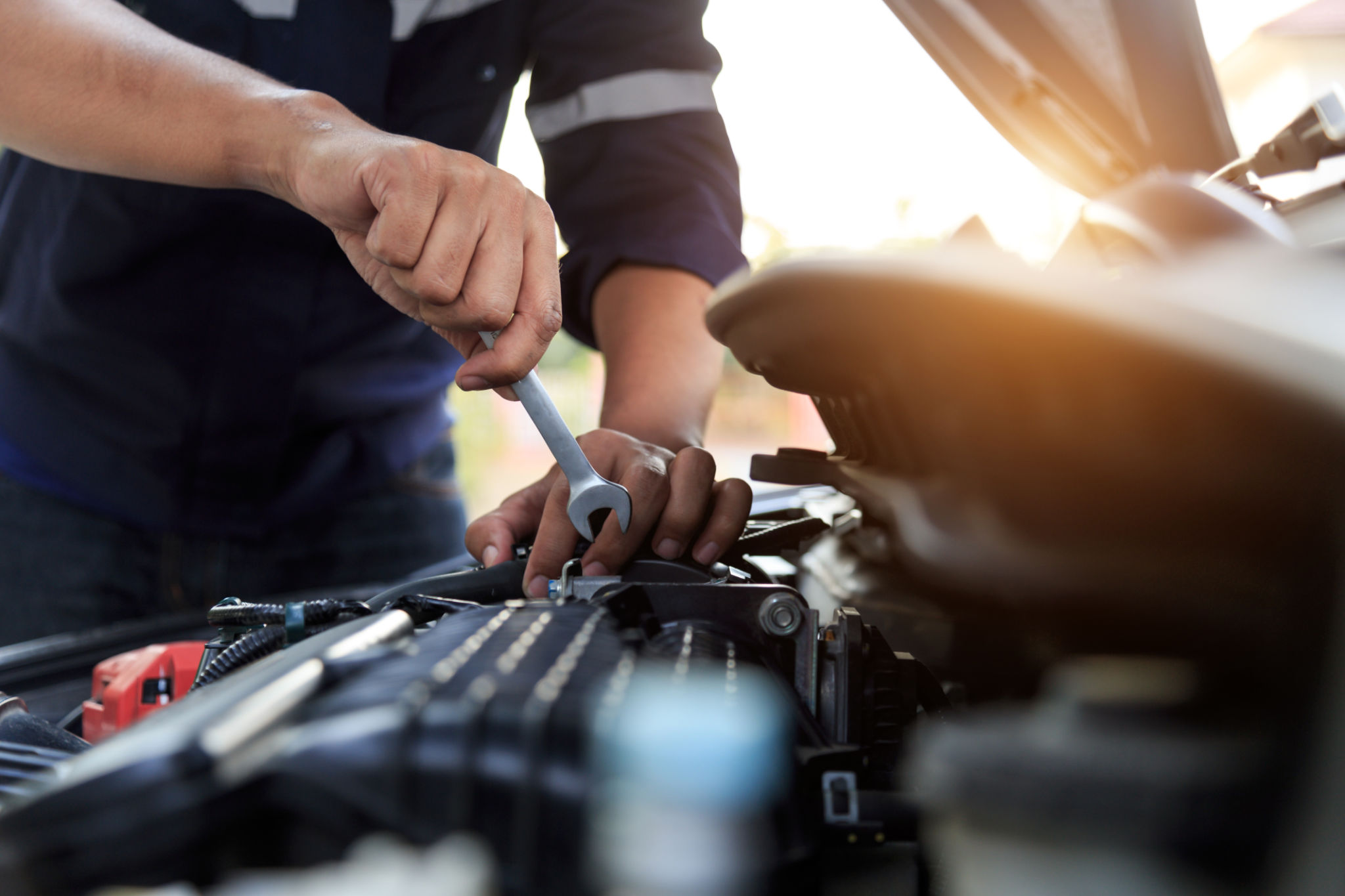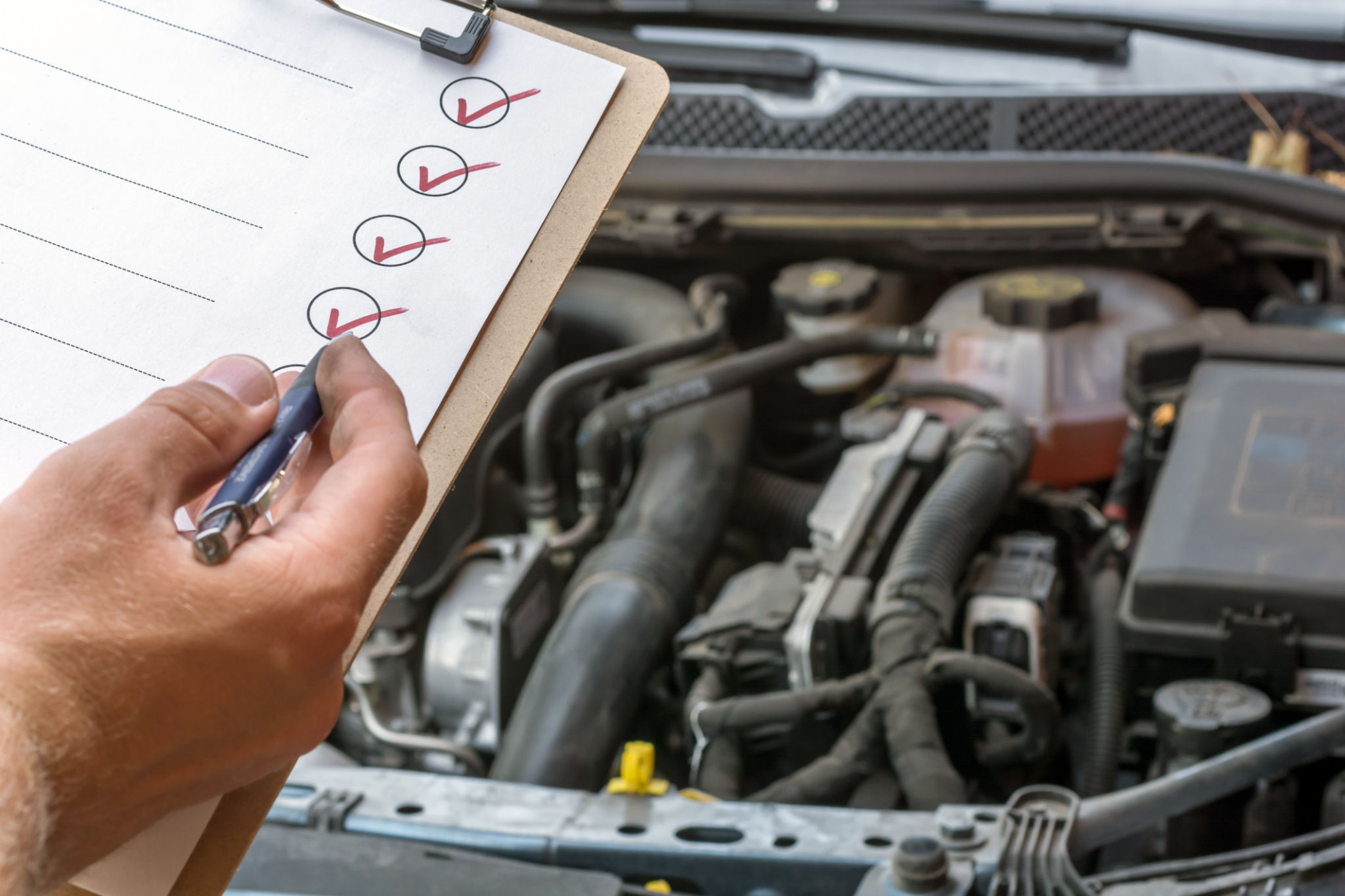Comprehensive Guide to West Fargo Collision Repair: What to Expect and How to Choose the Right Shop
Understanding the Collision Repair Process
When your vehicle is involved in an accident, the process of getting it back on the road can seem daunting. Understanding the collision repair process can ease your worries and help you know what to expect. Typically, the process begins with an estimate, followed by insurance approval, actual repairs, and a final inspection. Each of these steps is crucial to ensuring your car is restored to its pre-accident condition.

Initial Assessment and Estimate
The first step in collision repair is the initial assessment of the damage. A professional technician will examine your vehicle to determine what repairs are needed. They will provide a detailed estimate, which includes parts, labor, and any other costs associated with the repair. It's important to compare estimates from different shops to ensure you're getting a fair deal.
Insurance Approval
Once you have the estimate, it's time to get in touch with your insurance company. Most repair shops will handle the insurance process for you, submitting the estimate and any necessary documentation. It's crucial to ensure that all the repairs needed are covered by your insurance policy before proceeding with any work.
Choosing the Right Collision Repair Shop
Selecting the right repair shop is vital to ensure quality work and a smooth experience. Here are some factors to consider when choosing a shop:
- Reputation: Look for reviews and testimonials from previous customers.
- Certifications: Check for certifications like I-CAR or ASE, which indicate trained professionals.
- Warranty: Ensure they offer a warranty on their work.
- Customer Service: A shop with good customer service will keep you informed throughout the repair process.

Importance of OEM Parts
When it comes to parts replacement, opting for OEM (Original Equipment Manufacturer) parts is often recommended. These parts are made by the vehicle's manufacturer and ensure a perfect fit and optimal performance. While aftermarket parts can be less expensive, they may not offer the same quality or durability.
Final Steps and Quality Control
After the repairs are completed, the shop should conduct a thorough inspection to ensure everything is in working order. This includes checking the functionality of all systems and ensuring that the car's appearance meets industry standards. Pay attention to details such as paint matching and alignment of body panels.

Test Drive and Delivery
Before taking delivery of your repaired vehicle, it's a good idea to conduct a test drive. This allows you to verify that all repairs have been successfully completed and that your car is driving as expected. If there are any issues, address them with the repair shop promptly.
Maintaining Your Vehicle Post-Repair
Once your vehicle is back in your possession, maintaining it properly can extend its lifespan and preserve its value. Regular maintenance checks and following the manufacturer's recommendations for care will help keep your car running smoothly. Additionally, be mindful of any lingering issues from the accident that may need further attention.
By understanding each step of the collision repair process and carefully selecting a reputable shop, you can ensure your vehicle receives high-quality repairs. This knowledge empowers you to make informed decisions and helps restore your peace of mind after an accident.
